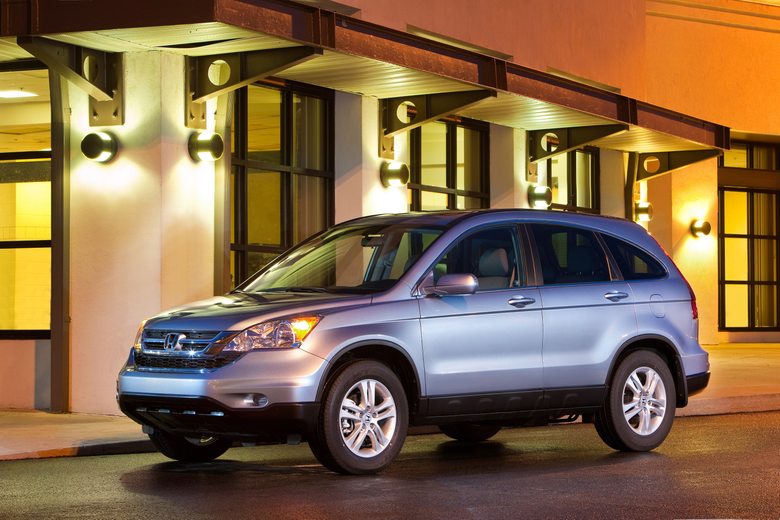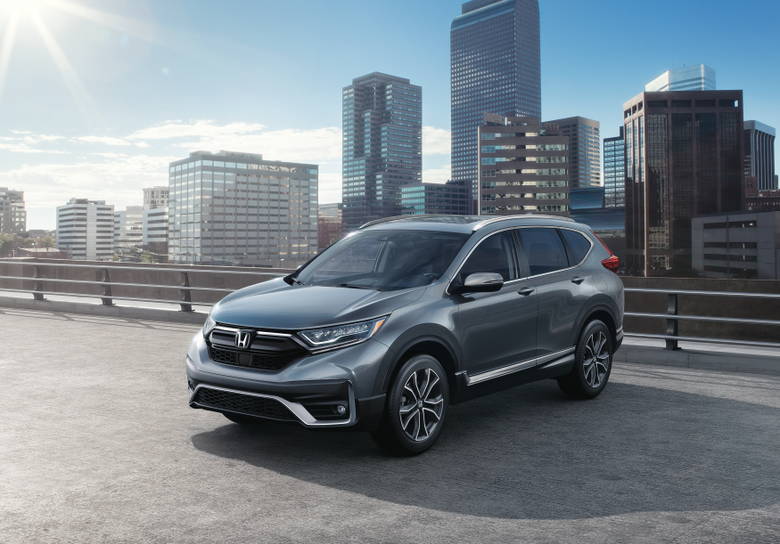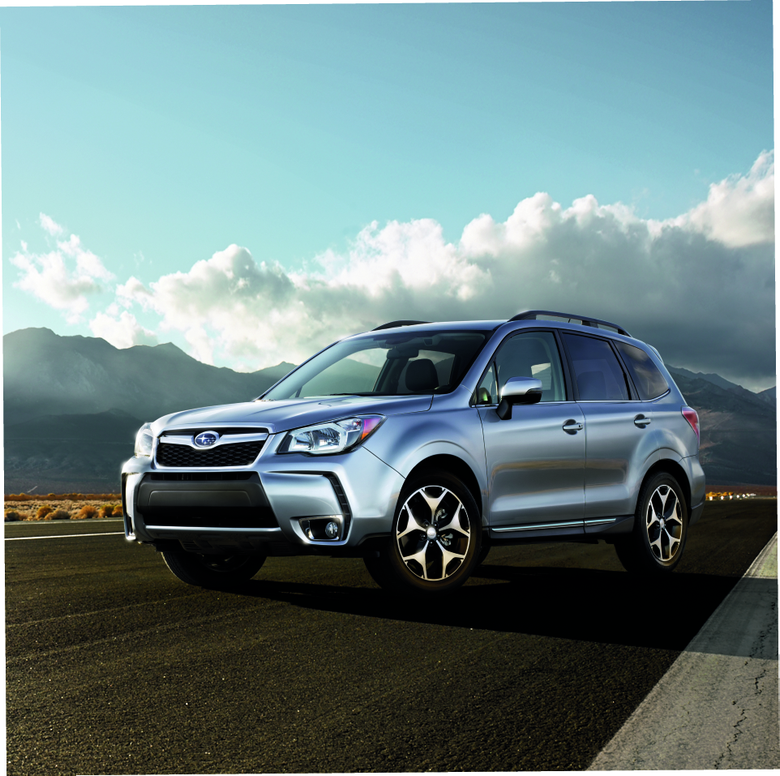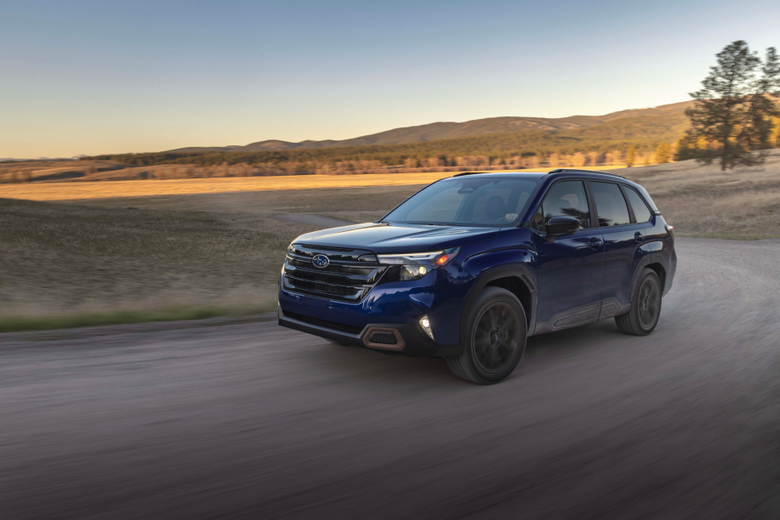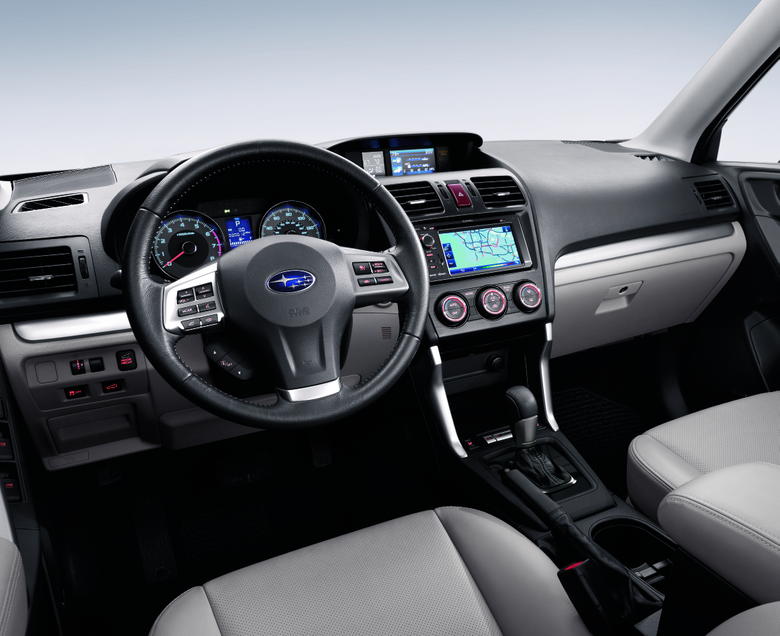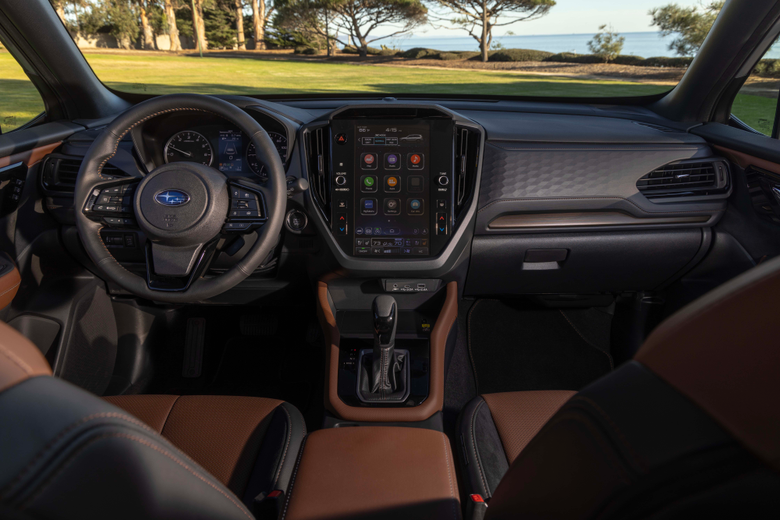Now Might Be The Best Time Ever To Buy A Used Car
As luxury features have trickled down into more affordable cars, the reasons for buying new grow less compelling every day
With wealth disparity reaching new heights and presidential promises of decreased prices looking like another lie to add to the list, many Americans are looking for ways to save money. Average people listen up: Advertising companies make billions of dollars convincing you that your life will suddenly be better if you own the newest, shiniest, and fanciest cars, phones, or clothes. Don't be fooled by these coercive tactics. Exceeding your budget or accepting astronomical finance terms just so you can own a new car isn't smart, especially now that cars haven't really evolved much over the past few years. If you buy a lightly used car, it likely has similar features, styling, technology, performance, and efficiency to the brand-new models, and you can save a lot of money. It's like trickle-down economics, but it actually works.
Picture it— the fateful year of 2020. If you were looking at a 10-year-old used car from 2010, you sacrificed a lot of refinements, features, tech, and fuel efficiency versus buying something brand new. We'll use the top trims of the Honda CR-V as an example. If you bought a 2020 CR-V Touring AWD, it produced 190 horsepower and 179 pound-feet of torque, had a 0-to-60-mph time of 7.5 seconds, and was rated at 27 mpg city and 33 mpg highway. A 10-year-older 2010 CR-V EX AWD had just 166 horsepower and 161 pound-feet of torque, a longer 0-to-60 time of 9.3 seconds, and was rated at just 22 mpg city and 27 mpg highway.
The 2020 CR-V also greatly elevated its exterior design, feature content, and interior design and materials. The 2020 CR-V got adaptive cruise control, Honda Sensing active-safety suite, keyless entry and keyless go, digital gauges, a touchscreen infotainment system with Apple CarPlay and Android Auto, a hands-free power tailgate, power-adjustable front seats, LATCH system, rain-sensing wipers, drive modes, front parking sensors, automatic LED headlights, and remote engine start. The 2010 CR-V had none of these features, a less upscale interior, and looks significantly dated compared to the 2020 CR-V.
Similar trends can be found in many popular models including the Honda Civic, BMW 3 Series, Jeep Grand Cherokee, Toyota Camry, Ford Explorer, Chevy Tahoe, Ram 1500 and more. Buying a 10-year-old car in the year 2020 meant making a lot of sacrifices, plus cars from 2010 look a lot older than 2020 models thanks to rapid advancements in aerodynamics, pedestrian safety standards, and production techniques. Just five years later, buying a 10-year-old used car is a significantly better prospect.
Now compare a new 2025 car with a 10-year-old 2015 model. We'll do a top trim 2025 Subaru Forester Touring and a top trim 2015 Forester 2.0XT Touring this time. The new Forester produces 180 horsepower and 178 pound-feet of torque, is rated at 25 mpg city and 32 highway, and has a 0-to-60 time of 8.6 seconds. If efficiency is your priority, go for the naturally aspirated 2015 Forester Touring that produces 170 hp and 174 pound-feet of torque, gets 24 mpg city and 32 mpg highway, and has a 0-to-60 time of 9 seconds. The gap between power, speed, and economy of the 2025 Forester and the 2015 Forester is smaller than the gap between the 2020 and 2010 CR-Vs. If you're a fan of power, the 2015 Forester has an optional turbo that's no longer offered, which produces 250 horsepower and 258 pound-feet of torque, is rated at 23 mpg city and 28 mpg highway, and has a 0-to-60 time of 6.3 seconds.
The only features the 2025 Forester has that the 2015 doesn't have are a power-adjustable passenger seat, ventilated front seats, heated rear seats, a heated steering wheel, LED headlights, a wireless charging pad, and, a big win for the new model, Apple CarPlay and Android Auto. On the outside, the redesigned Forester doesn't look all that different than the 2015 model, so it's not as obvious that you're driving a 10-year-old car to the untrained eye, if you're still burdened by caring what other people think of you. The interiors aren't vastly different in style and quality either, aside from the '25 Forester's hulking central touch screen. That touchscreen replaces the physical radio and climate control knobs on the '15 Forester, so depending on your persuasion the older interior design may actually be preferable. You can always add an aftermarket touchscreen head unit with the money you save buying the used car if you can't live without Apple CarPlay or Android Auto.
Both cars are available with Subaru's impressive EyeSight system that provides the luxury of automatic cruise control as well as important active safety features like automatic emergency braking, blind spot monitoring, and lane departure warning. Both cars earn IIHS Top Safety Pick + awards, meaning they're both very good at preventing crashes and keeping occupants safe should a crash occur, so you're not sacrificing much in the way of safety by buying used, either.
On used car websites, there are loaded 2015 Forester Tourings with the standard engine or the turbo with under 50,000 miles for well under $20,000. A new Forester Touring has an MSRP of about $40,000, so you're spending half the money for a car with nearly the same features, style, efficiency, and safety. If you're worried about owning a car out of warranty, there are numerous aftermarket warranty providers, or you could buy from CarMax and get a MaxCare warranty. Considering that you're saving $20,000 going for the used car, you can spend that extra cash on an aftermarket warranty and an aftermarket touchscreen head unit with that all-important Apple CarPlay and Android Auto functionality.
If you're willing to go electric, you can get even more bang for your limited buck, as we've previously shown with several stories about brilliant EVs becoming very, very cheap on the used market after only a couple years. You can buy a 2023 Hyundai Ioniq 6 with features like adaptive cruise control, a full suite of active safety features, LED headlights, and yes, Apple CarPlay and Android Auto for under $23,000. Or, if you're willing to own a Swasticar, you can find used Tesla Model 3s in reasonable condition for around the same price.
So if your budget is tight but all the luxury features that come on expensive new cars are at the top of your priority list, you have more options than ever before if you shop smart. The ten-year age gap is a bit of an extreme example, but it proves my point. Buying a used car in 2025, even one that's 10 years old, doesn't mean you have to sacrifice on the things you want in order to save lots of money. Most financial resources recommend spending no more than 10 percent of your monthly take-home pay on a car payment, but low monthly payments aren't the whole story. If you sign a finance deal that locks you into a low monthly payment in exchange for astronomical interest rates or an exorbitantly long loan period, you're still overspending.
Cars can be liberating to own, fun to drive, and make you look rich to strangers who you'll never see again, but they're also money pits that almost literally burn your cash. We love cars at Jalopnik, and you will continue to see us blog about how fast a $200,000 Porsche is or how luxurious a $300,000 Bentley is, but if you can't afford those cars, that's totally fine.
You can find used cars that offer 80 percent of the speed or luxury of these rolling bastions of excess within your budget. Driving a fancy car won't make you any better than anyone else. We all end up dying, and your gravestone won't mention how nice of a car you drove. Focus on the truly important things in life, like finding a community of car nerds with whom you can talk about obscure fun cars that are still affordable. That's why I'm a proud Jalopnerd.

